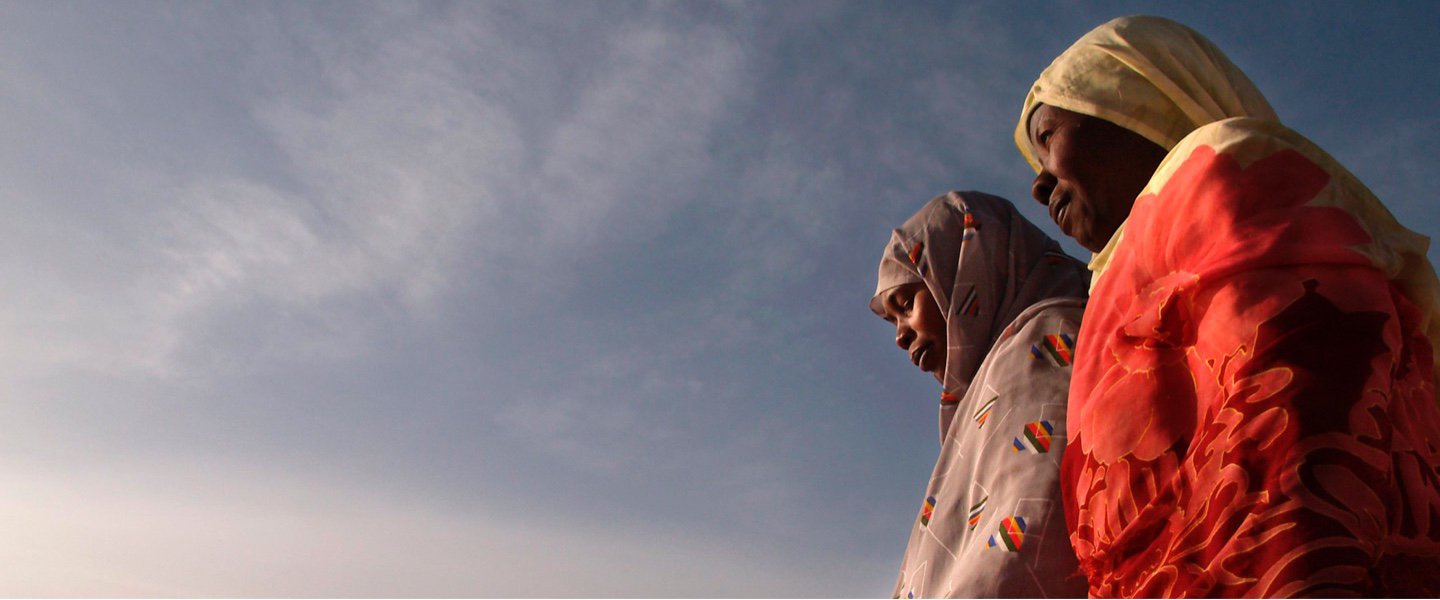In 2018, three million Nairobi residents benefited from improved street lighting, pedestrian walkways, improved sanitation facilities, and fire stations.
From 2016–18, 1,041 youths received a startup grant and 2,600 received life skills, technical, entrepreneurship training, and internships. During the same period, 328 craftsmen obtained master craftsman certification.
From 2010–18, 49,180 people living in 86 informal settlements were benefited from enhanced tenure security. During the same period, 526,000 people in informal settlements were provided with improved drainage services and 226,000 people in urban settlements were provided with access to improved water sources.
4.5 million people benefited from Kenya’s national safety net program for the poor and vulnerable in 2018, up from 1.7 million in 2013.
From 2012–18, 85,900 people living in Nairobi benefited from improved access to a commuter rail station. During the same period, 239,120 people living in urban areas were provided with access to improved water sources.
1.3 million people benefited from improved judicial services in 2018, up from 157,000 in 2012, of whom women were 25%.
From 2012–18, a backlog of 14,458 court cases were resolved. The average time to dispose a case was reduced to 10 months in 2018 from 15 months in 2012. In 2018, 97% of courts submitted monthly court data, up from 50% in 2015.
From 2017–18, Kenya’s infrastructure market mobilized USD 98.3 million in private capital. Regulations associated with a new law on public-private partnership (PPP) were agreed to with the Ministry of Finance. From 2017–18, 22 feasibility studies were approved by the PPP committee.
In 2018, 592 staff from petroleum sector institutions were trained to regulate, manage, and monitor compliance in the sector. Five public agencies were engaged in transparency and community monitoring and were trained on transparency monitoring across the extractive sector value chain.
From 2014–18, 43 staff from various government agencies were trained in comprehensive analysis of the Global Oil and Gas Fiscal Systems.
63% of births were attended by a skilled health professional in 2018, up from 57% in 2016. 48% of pregnant women attended at least four antenatal care visits in 2018, up from 40% in 2015.
From 2016–18, 3.6 million people received essential health, nutrition, and population services, 1.9 million children were immunized, and 1.7 million births were attended by a skilled professional.
177,895 households in slums and other informal settlements across Kenya were connected to safe, reliable and affordable electricity in 2017, up from 5,000 in 2014.
4.5 million people, of whom 2.3 million were women, benefited from Kenya’s national safety net program for the poor and vulnerable in 2018, up from 1.7 million in 2013. During the same period, 1.2 million people benefited from a cash transfer program, up from 114,384. 100% of the payments were made electronically using two-factor authentication in 2018, up from 56.3% in 2013.
Key Achievements
Results

INDICATORS
Life expectancy at birth, total (years)
Debt
Results Stories
Projects

News Updates
Related Documents
Key Achievements
In 2018, three million Nairobi residents benefited from improved street lighting, pedestrian walkways, improved sanitation facilities, and fire stations.
From 2016–18, 1,041 youths received a startup grant and 2,600 received life skills, technical, entrepreneurship training, and internships. During the same period, 328 craftsmen obtained master craftsman certification.
From 2010–18, 49,180 people living in 86 informal settlements were benefited from enhanced tenure security. During the same period, 526,000 people in informal settlements were provided with improved drainage services and 226,000 people in urban settlements were provided with access to improved water sources.
4.5 million people benefited from Kenya’s national safety net program for the poor and vulnerable in 2018, up from 1.7 million in 2013.
From 2012–18, 85,900 people living in Nairobi benefited from improved access to a commuter rail station. During the same period, 239,120 people living in urban areas were provided with access to improved water sources.
1.3 million people benefited from improved judicial services in 2018, up from 157,000 in 2012, of whom women were 25%.
From 2012–18, a backlog of 14,458 court cases were resolved. The average time to dispose a case was reduced to 10 months in 2018 from 15 months in 2012. In 2018, 97% of courts submitted monthly court data, up from 50% in 2015.
From 2017–18, Kenya’s infrastructure market mobilized USD 98.3 million in private capital. Regulations associated with a new law on public-private partnership (PPP) were agreed to with the Ministry of Finance. From 2017–18, 22 feasibility studies were approved by the PPP committee.
In 2018, 592 staff from petroleum sector institutions were trained to regulate, manage, and monitor compliance in the sector. Five public agencies were engaged in transparency and community monitoring and were trained on transparency monitoring across the extractive sector value chain.
From 2014–18, 43 staff from various government agencies were trained in comprehensive analysis of the Global Oil and Gas Fiscal Systems.
63% of births were attended by a skilled health professional in 2018, up from 57% in 2016. 48% of pregnant women attended at least four antenatal care visits in 2018, up from 40% in 2015.
From 2016–18, 3.6 million people received essential health, nutrition, and population services, 1.9 million children were immunized, and 1.7 million births were attended by a skilled professional.
177,895 households in slums and other informal settlements across Kenya were connected to safe, reliable and affordable electricity in 2017, up from 5,000 in 2014.
4.5 million people, of whom 2.3 million were women, benefited from Kenya’s national safety net program for the poor and vulnerable in 2018, up from 1.7 million in 2013. During the same period, 1.2 million people benefited from a cash transfer program, up from 114,384. 100% of the payments were made electronically using two-factor authentication in 2018, up from 56.3% in 2013.


